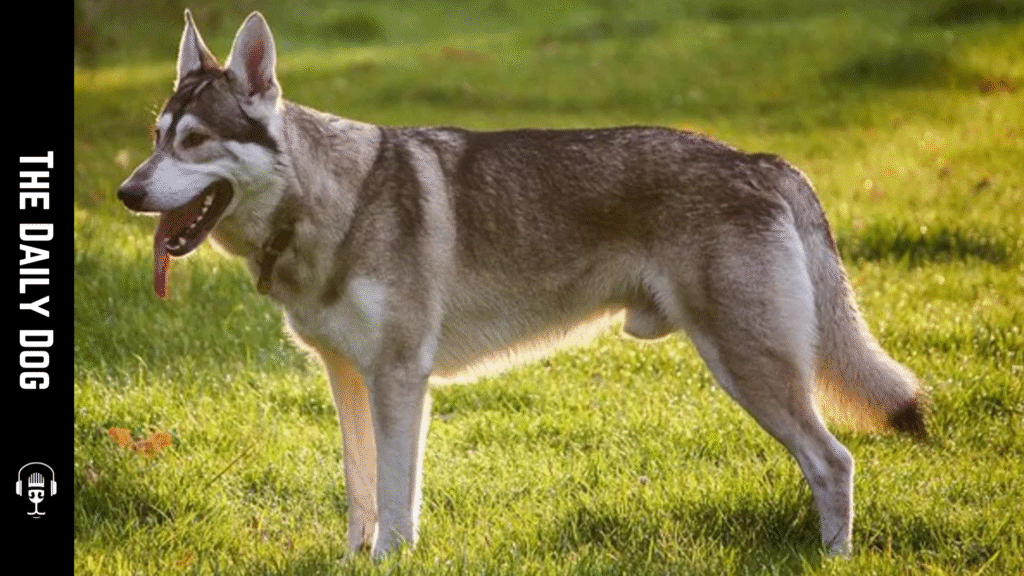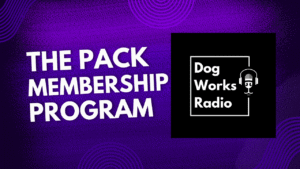The Northern Inuit Dog captivates with its striking, wolf-like appearance and a mind that thrives on challenge. This breed, a modern cross between northern working dogs and domestic companions, offers a unique blend of athleticism, intelligence, and family loyalty. If you’re drawn to a dog that can keep up with demanding outdoor adventures while remaining accessible as a loving member of the home, the Northern Inuit Dog deserves careful consideration and a clear understanding of what it takes to care for one responsibly.
Origins and temperament set the stage for what makes this breed special. Created in the United Kingdom in the late 20th century by breeders seeking a working dog with a wolf-inspired look, the Northern Inuit Dog is not a standardized, kennel-whelped lineage. Rather, it represents a spectrum of traits drawn from several northern breeds, most commonly the Siberian Husky, Alaskan Malamute, and German Shepherd. The result is a dog that can resemble a wolf in appearance yet behaves with the predictable, domesticated temperament of a family pet when socialized and trained properly. This is not a breed for the casual first-time dog owner; it is best suited to those who have experience with large, intelligent dogs and the time to devote to ongoing training, exercise, and enrichment.
Appearance and build draw many to the breed. Northern Inuit Dogs are typically large and athletic, with a double coat designed for cold climates. They stand around 50 to 65 centimeters at the shoulder and weigh roughly 25 to 40 kilograms, though size can vary depending on lineage. Their coats feature a dense undercoat and a weather-resistant topcoat, and their coloration runs a broad gamut—from black and gray to sable, red, and white patterns, often punctuated by a facial mask that enhances the wolf-like aesthetic. The head tends to be broad, with strong jaws and an intelligent expression. Ears are usually erect, and the tail carries in a natural sweep or curl at rest. Grooming is a regular part of life with this breed, involving frequent brushing during shedding seasons to manage the heavy seasonal molt, plus routine ear care, dental hygiene, and nail maintenance.
Beyond looks, the Northern Inuit Dog is defined by a temperament that blends independence with affection. They are highly intelligent and capable, traits that can be a joy in the right hands and a challenge for owners who do not provide consistent guidance. Socialization from an early age is essential, especially in families with children. With proper socialization, many Northern Inuit Dogs form strong, affectionate bonds and are deeply protective of their loved ones—yet they are not typically aggressive unless they sense a legitimate threat. Their interactions with other dogs hinge on early socialization and ongoing supervision; they can be confident and willing playmates when raised in a structured, positive environment.
Training and exercise form the cornerstone of responsible ownership. The breed’s energy level is substantial, and daily activity should be robust and varied. Plan for 60 to 90 minutes of physical activity each day, incorporating brisk walks, runs, hikes, and interactive games that challenge both body and mind. Mental stimulation is equally important for this intelligent breed. Puzzle toys, scent games, obedience routines, and trick training help prevent boredom and reduce the likelihood of unwanted behaviors that can arise when a dog feels understimulated. A positive reinforcement approach is essential; these dogs respond best to praise, rewards, and consistent, clear boundaries. Harsh training methods are counterproductive with the Northern Inuit Dog, given their independence and sensitivity. Short, frequent sessions with clear, achievable goals keep training engaging and effective.
Living arrangements should reflect the breed’s size and energy. A well-fenced yard and access to regular outdoor space are ideal, though a home without a yard can work if the owner is intensely committed to daily exercise and exploration. Hot climates pose particular challenges due to the thick double coat, which is built for cold weather. In warmer regions, owners must provide ample shade, hydration, and opportunities to cool down, especially during peak heat times. While the breed can adapt to a range of environments, blistering heat without adequate care can lead to overheating, so climate considerations should be a part of the decision-making process.
Health considerations are important when deciding to bring a Northern Inuit Dog into your family. The typical lifespan for this breed is around 12 to 14 years, with health shaped by genetics, diet, exercise, and routine veterinary care. Like many large breeds with Malamute and Shepherd influences, hip and elbow health is a consideration, as are potential eye or skin sensitivities. There is no universal breed standard for health testing in Northern Inuit Dogs due to their mixed heritage, so prospective owners should seek breeders or rescue groups that emphasize health clearances, transparency about lineage, and a commitment to the welfare of the dogs. A responsible approach to sourcing—whether from a reputable breeder who provides health records and opportunities to meet the parent dogs, or from a breed-specific rescue—can make a significant difference in long-term well-being.
Nutrition plays a crucial role in maintaining the vitality and joints of a large, active dog. A balanced, species-appropriate diet tailored to age, activity level, and individual needs is essential. High-quality dog foods or veterinarian-approved home-cooked plans can work well, with attention to weight management to minimize stress on joints. The feeding routine typically consists of two meals a day for adults, with adjustments during growth, pregnancy, or intense training periods. Regular monitoring of appetite, weight, and energy helps guide dietary adjustments and supports overall health.
Choosing a Northern Inuit Dog requires thoughtful evaluation of readiness and lifestyle. Prospective owners should seek out health-focused breeders who are transparent about lineage, health screenings, and early socialization practices. Rescue options can be an excellent and rewarding path for experienced owners prepared to invest in training and long-term care. Before bringing a Northern Inuit Dog home, reflect on your experience with large, intelligent dogs, the time you have available for daily exercise and mental enrichment, and your ability to provide a stable, enriched home environment. Your commitment to ongoing training, socialization, and veterinary care is what will allow this breed to thrive in a family setting.
There are common myths and realities to consider. The Northern Inuit Dog’s wolf-like appearance often leads to misconceptions about behavior and legality. These dogs are domestic and require structured, positive training like many other large breeds, though their independence and intelligence can demand more engaging interactions to keep them motivated. They are not a substitute for a dedicated guard dog; while they are alert and vocal, their safety and protection come from consistent training and socialization rather than aggression. It’s important to approach this breed with a clear understanding that a wolf look does not dictate wolf behavior; the dog remains a loyal companion to a committed owner.
For the right household, the Northern Inuit Dog offers a distinctive blend of athletic prowess, emotional warmth, and a striking presence. They reward owners who invest in daily exercise, mental challenges, and a consistent, patient training program. If you’re prepared to meet the needs of a big, intelligent dog and you value a partner who thrives on activity and companionship, this breed can be a remarkable addition to your life.










